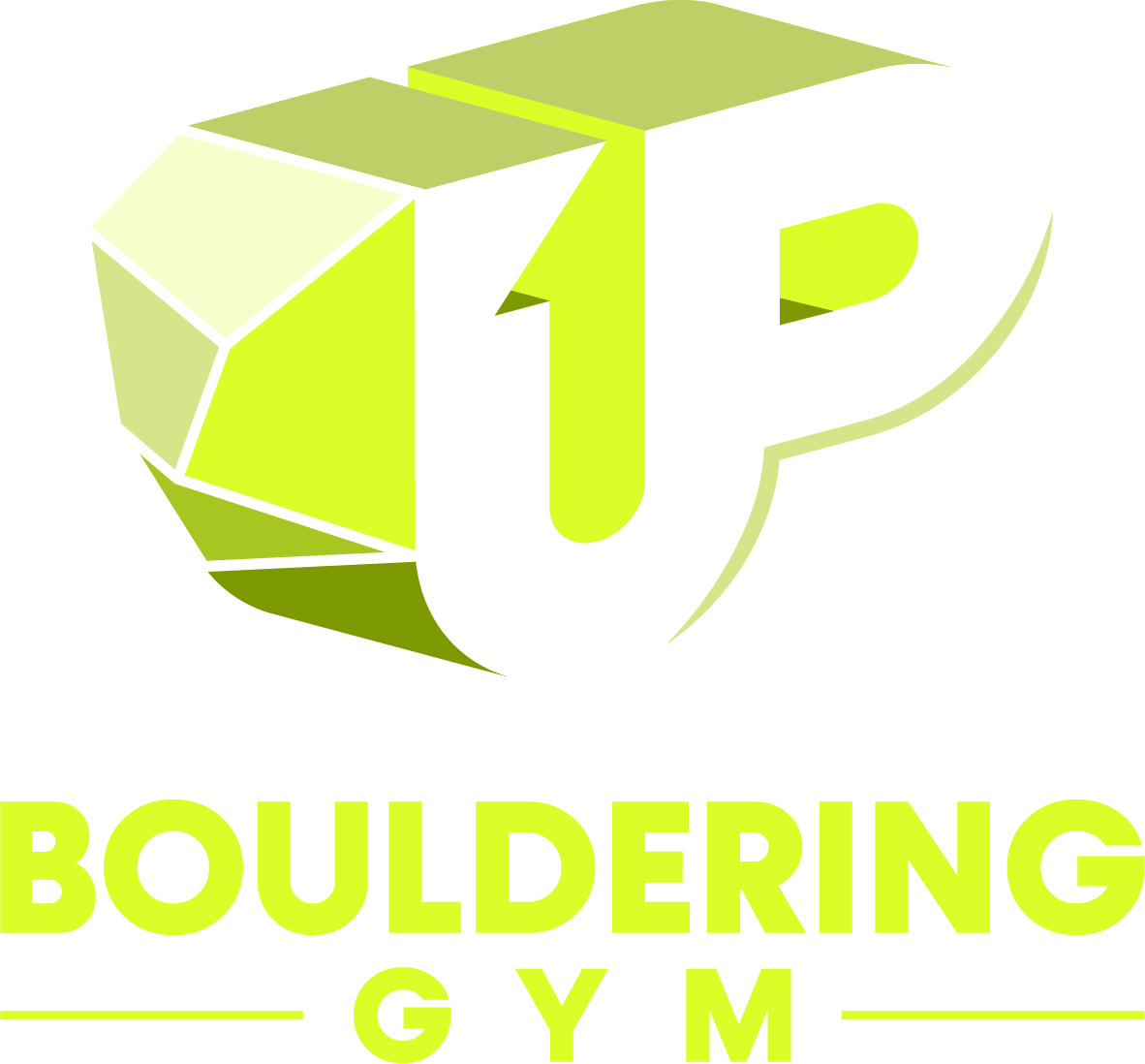The 1UP Dictionary
You may have heard a few words being thrown around our gym, let’s have a look at what they mean!
Arm Bar: a crack climbing technique in which an arm is inserted deep into the crack and secured by pressing the palm of the hand against one wall and the tricep/shoulder against the other
Beta: a description of how to climb a specific problem, usually refers to the best (i.e. easiest) way
Body tension: the ability to keep the feet on their footholds when climbing steep rock. Core strength and techniques are components of body tension
Bump: making two consecutive moves with the same hand (AKA going again)
Callouses: areas of hard skin that can develop on the finger or palm
Campus board: a training device that consists of a small overhanging board crossed by wooden rungs at regular intervals. The idea is to climb it without using the feet so as to develop arm and finger strength
Campusing: climbing without using the feet
Chalk Magnesium Carbonate (MgCO₃) is a white powder that is used to absorb sweat from a climber’s hands.
Chalk Bag A small pouch for holding chalk that is hung on a belt tied around the waist.
Chalk Bucket A large chalk bag designed to be left on the ground.
Chalk Ball A small round mesh bag filled with chalk.
Chalking Up Coating the hands with chalk.
Climbing Shoes: Tight fitting, rubber covered shoes designed for rock climbing
Crimp: a small edge that requires wrapping the thumb over the index finger and pulling with the fingertips. A powerful grip in which the second finger joint is bent sharply and thumb presses onto the index is a full crimp
Crux: the problems hardest move
Cutting Loose: when both feet swing off the rock and all the climber’s weight is taken by the hands
Deadhang: to hang with straight arms without any assistance from the feet
Down Climbing: reversing down a problem either as a retreat or as a means of getting off a boulder
Double dyno: a dyno in which the target hold or holds are simultaneously grabbed with both hands
Dropknee: when one foot inside edges while the outside edges, the knee of the outside edging leg is lowered so that the feet are pushing away from each other rather than down
Dyno: short for “dynamic movement”: a swift move, a jump during which the entire body is airborne and has, very briefly, no contact with the wall
Finger Jam: a jam in which the fingers are inserted into a crack and rotated until they are wedged
Finger tape: strong tape designed to provide support to injured fingers
Flapper: what happens to your fingers when your calluses wear out
Flash: to complete a problem on the first attempt
Gaston: a hold that requires you to pull away from your core rather than towards it
Heel hook: a method of using the heel on a hold to create body tension
Hold: any part of the rock that can be used to ascend a problem
Jug: a secure hold large enough for the hand to fit inside
Lie back: a method of leaning awy from the rock with arms straight in order to create body tension
Liquid Chalk: a mix of alcohol and chalk that is rubbed into the hands to coat them with chalk
Mantle: levering the body on top of a ledge by pulling up and then pushing down on the ledge
Matching: placing both hands or both feet on the same hold temporarily
On-sight: to complete a problem on the first attempt without ever having seen the problem and without any beta
Overhang: rock that is steeper than vertical
Pinch: pinching a small hold between the thumb and fingers, or a hold that requires such an action
Pocket: a small hole in the rock (i.e.: a mono, a two-finger pocket, a three finger pocket etc.)
Problem: a sequence of holds leading to the top of a boulder
Roof: an approximately horizontal piece of rock
Send: to successfully ascend the rock (see “top out”)
Sit start: a problem that is designed to be started from a seated position
Slab: a less than vertical piece of rock
Slap: a quick reach or lunge during which there is a minimum of two points of contact at all times
Sloper: a hold composed of a sloping surface with no edges to crimp
Smear: a sloping foot hold. Used as a verb it means to place a foot flat against the rock
Toe Hook: using the top of the toe to pull on a hold
Top out: to successfully ascend a problem (see “send”)
Traverse: to move laterally across the rock
V-scale: an open-ended measure of difficulty assigned to bouldering problems, currently ranging from V0 (easy) to V15 or V16 (nearly impossible). Named after John “The Vermin” Sherman, who developed the system at the bouldering mecca of Hueco Tanks, Texas.
Kilter Board

